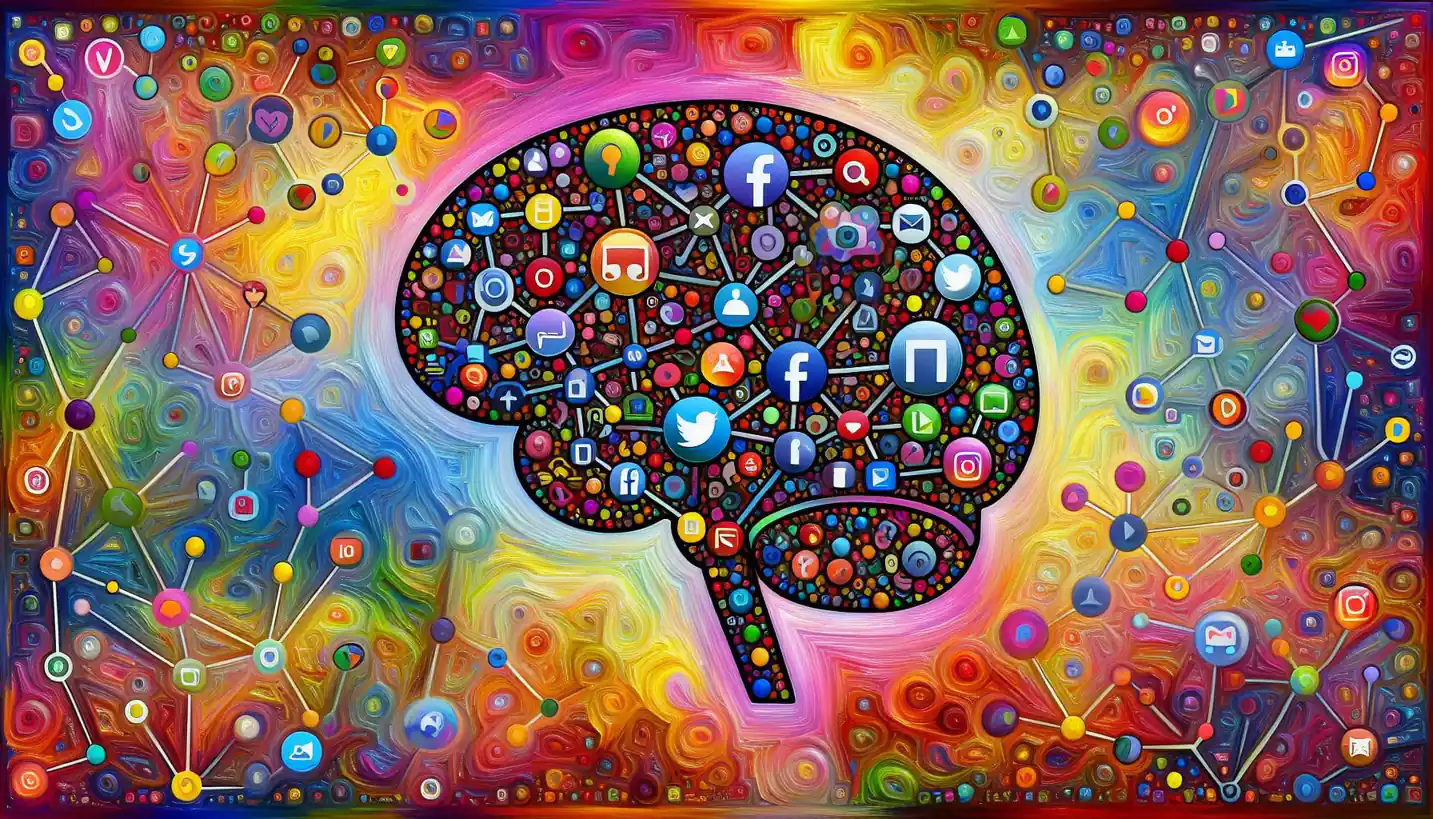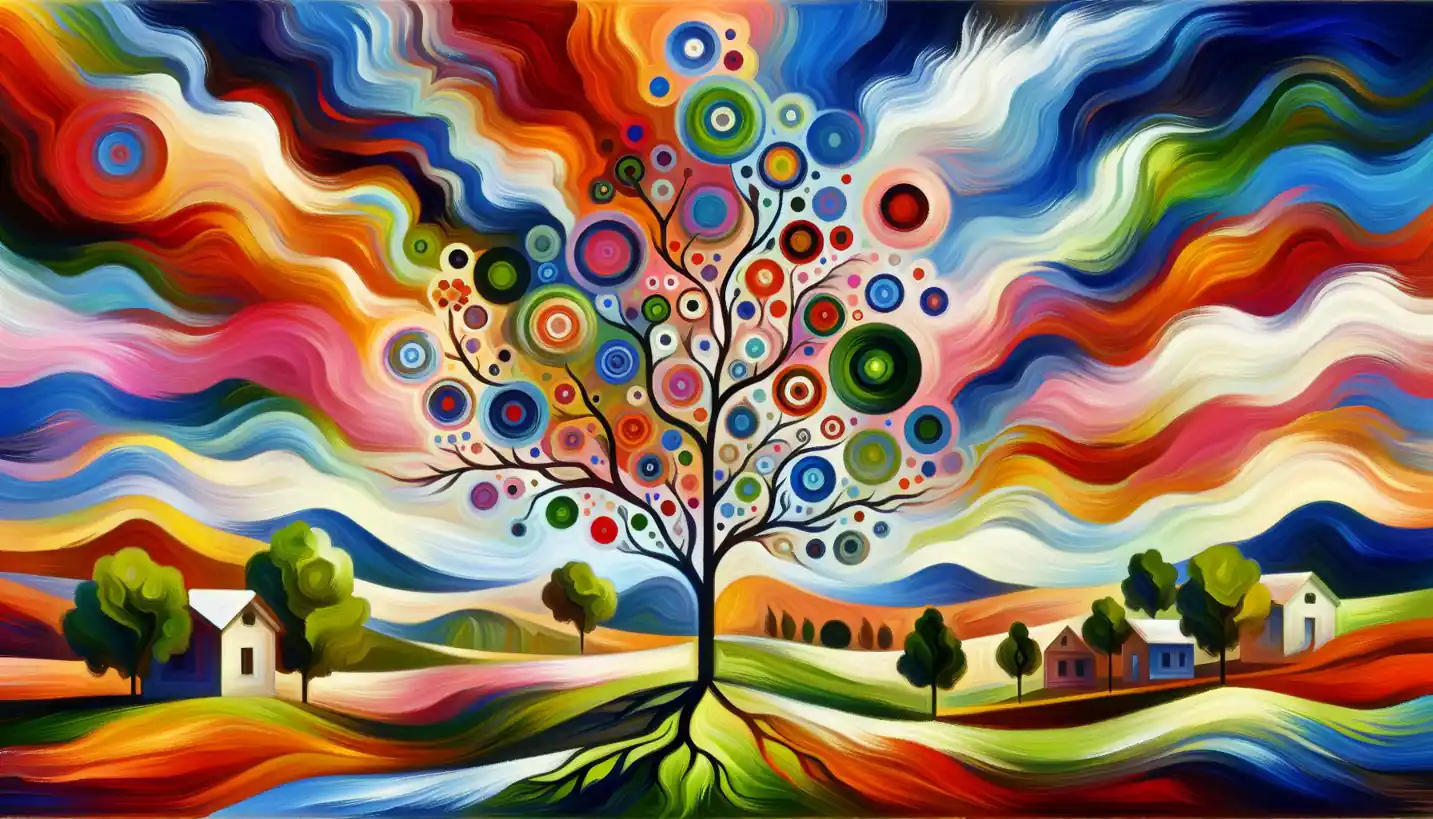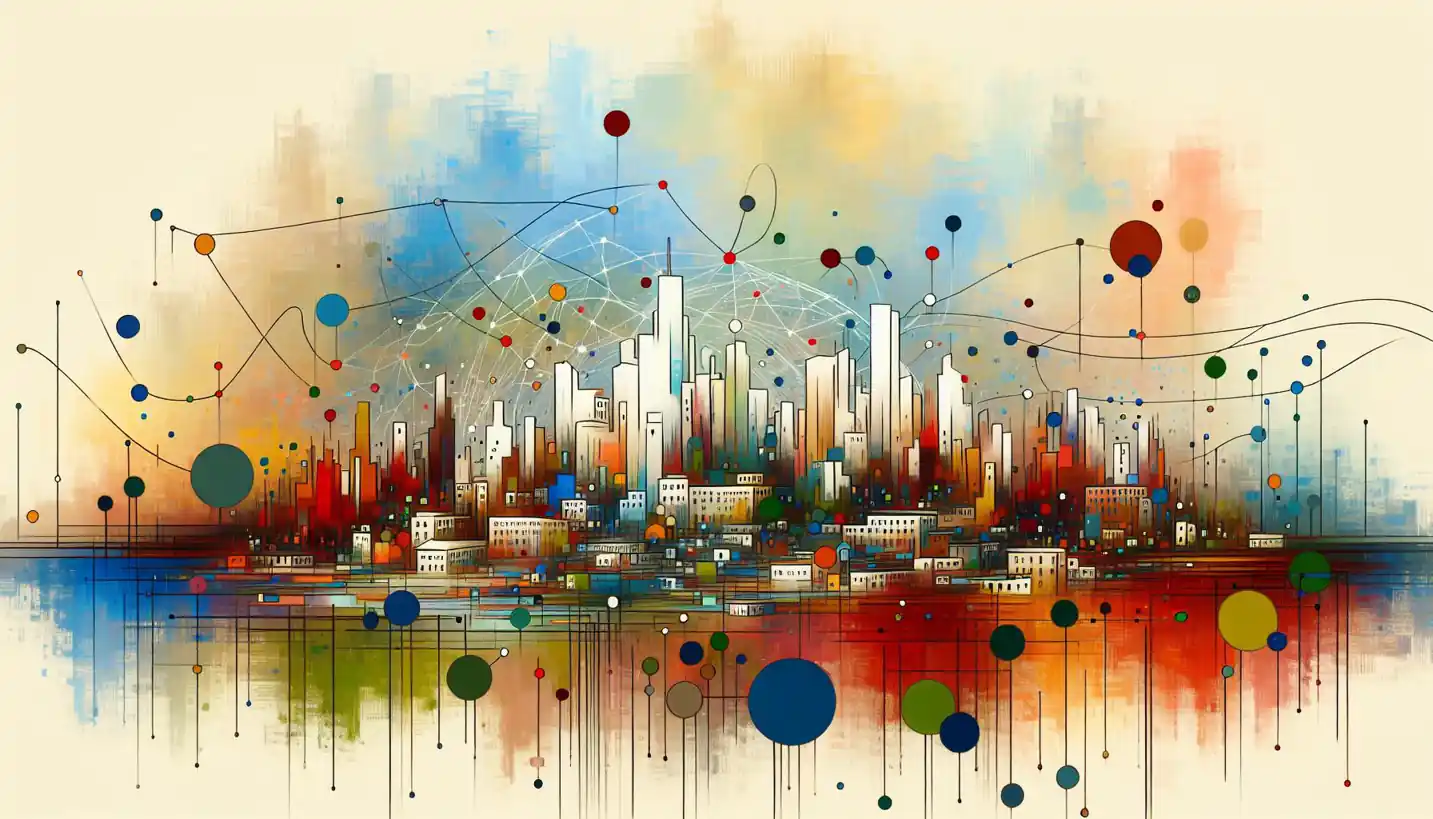· Sociology · 3 min read
Cultural Hybridization: A Colorful Tapestry in Globalization
Cultural hybridization creates unique blends of traditions. See how globalization is weaving new, colorful cultural tapestries across the globe.

Somewhere in the heart of a bustling city, you might find a fusion restaurant serving sushi burritos, blending Japanese and Mexican cuisine. This delightful mix isn’t just about food; it’s a snapshot of cultural hybridization, a concept in globalization studies and sociology.
Cultural hybridization is all about the blending and merging of different cultural elements, creating something new and unique. As our world becomes more connected, cultures intertwine in fascinating ways, offering a fresh perspective on identity and community.
What is Cultural Hybridization?
Cultural hybridization happens when elements from different cultures mix, leading to new norms, practices, and artifacts that didn’t exist before. Think of it as a cultural remix, where traditions, ideas, and customs from diverse backgrounds come together to form innovative expressions.
In the age of globalization, this concept becomes more prominent as technology, migration, and trade break down geographical barriers. With the internet and social media, cultural exchange happens at lightning speed, enabling people to share ideas and lifestyles across the globe.
Examples of Cultural Hybridization
One can see cultural hybridization in fashion trends where Western styles blend with traditional wears from Africa or Asia, creating vibrant and eclectic fashion statements. In music, genres like reggaeton and K-pop combine influences from different musical traditions, offering fresh sounds appreciated worldwide.
Languages also showcase this hybridization. Pidgin and Creole languages often emerge from cultural intersections, forming unique linguistic systems blending vocabulary and grammar from multiple sources.
The Role of Globalization
Globalization acts like a melting pot for cultures, fueled by trade, technology, and travel. It creates opportunities for cultural hybridization by connecting people from different backgrounds. As goods, services, and ideas travel across borders, they carry cultural elements with them, sparking innovation and change.
However, while globalization facilitates cultural hybridization, it also raises questions about cultural identity and authenticity. Some argue that dominant cultures might overshadow local traditions, leading to cultural homogenization. Yet, hybridization showcases cultural adaptability, where communities strive to balance new influences with traditional values.
Cultural Hybridization vs. Cultural Appropriation
A frequent discussion point is distinguishing cultural hybridization from cultural appropriation. Hybridization implies a mutual exchange where cultures influence each other, often leading to respectful and enriching collaborations. In contrast, cultural appropriation occurs when one culture takes elements from another, often without permission or understanding, which can lead to misunderstandings or stereotypes.
Why Does It Matter?
Understanding cultural hybridization provides insights into how societies function and evolve. It celebrates diversity and creativity, highlighting how interconnected our world has become. It also encourages a broader appreciation of different cultures, fostering unity and cooperation.
Through hybridization, communities can create inclusive environments, recognizing the strengths and histories each culture brings to the table. This understanding can also inspire policies and practices promoting cultural exchange and preventing conflict.
A Future of Blended Cultures
As the world grows ever smaller, cultural hybridization will continue to influence art, cuisine, language, and societal norms. The colorful tapestry of blended cultures brings vibrancy and richness to our shared human experience.
The future promises dynamic cultural landscapes, where new cultural expressions will emerge, challenging and redefining identities in exciting ways. How we embrace these changes could shape the societal norms and global relationships of generations to come.
So next time you enjoy a sushi burrito, or listen to a mix of ancient and modern music styles, remember that these delightful blendings are not just trends but part of a much larger story woven through the fabric of cultural hybridization.



